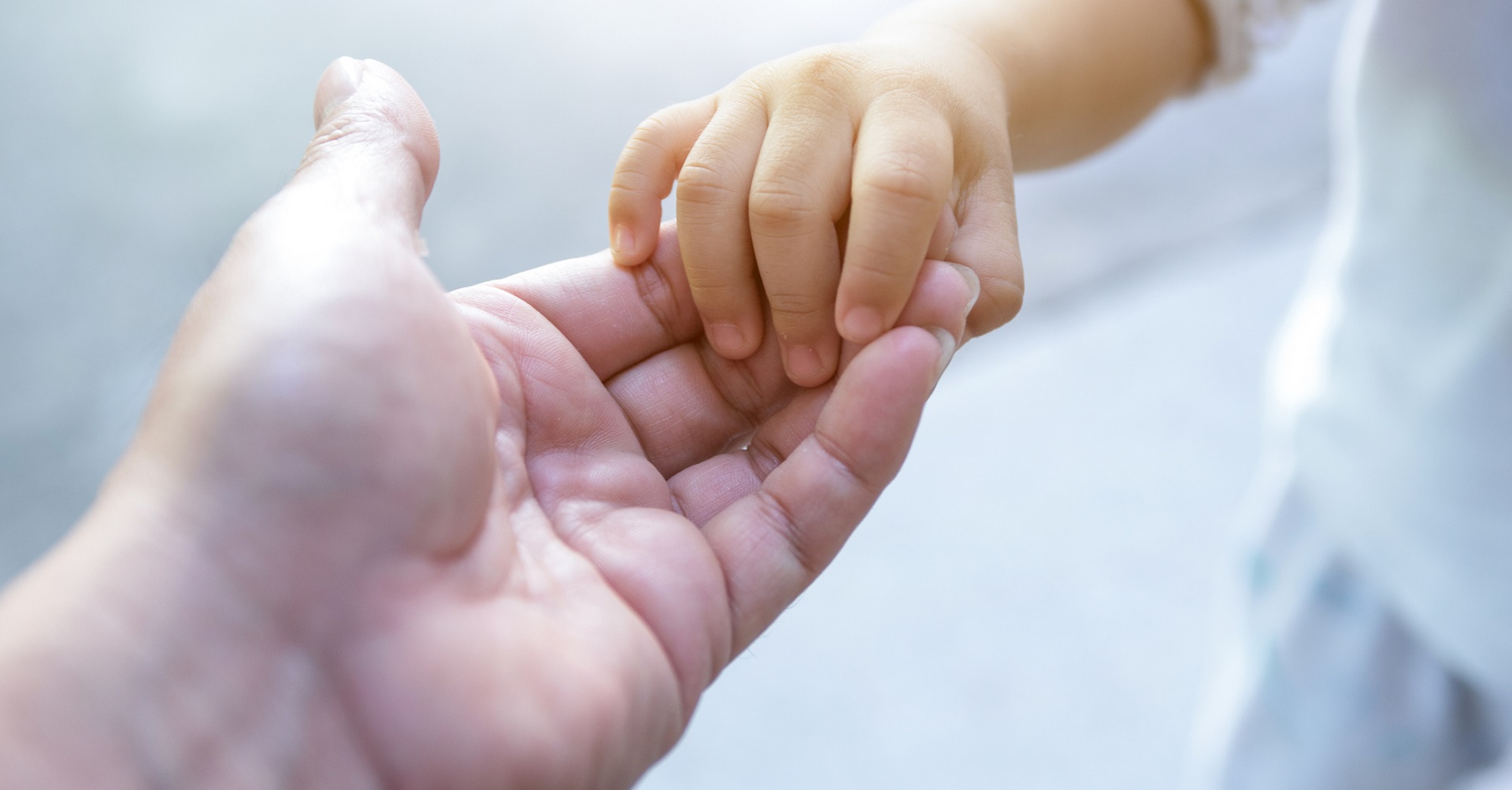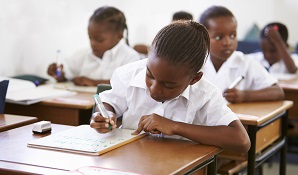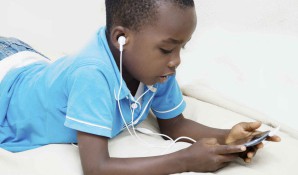There is no greater fear for a parent than losing a child. And the worst thing that a parent can imagine is that the lost child has been taken by a child trafficking ring and sold into a global paedophile network. There has been a lot of attention on this terrible criminal activity in South Africa recently, but the good news is that it’s not necessarily due to an increase in incidents, but rather because of a recent agreement between various anti-crime organisations to cooperate in the fight against trafficking.
Non-profit organisation Stop Human Trafficking Now has partnered with the National Prosecuting Authority, SAPS, Hawks and the Departments of Education, Health, Justice and Social Development to raise awareness and prevent this crime. They have some scary statistics to report:
- There are about 27 million people enslaved in the world today.
- In Africa, over two million people are trafficked annually.
- There are an estimated 30 000 children as young as four being prostituted in South Africa.
How many children are being trafficked in South Africa?Even one child trafficked is too many, but it does help to try to understand the severity of the problem. We spoke to Major Margaret Stafford of the Salvation Army, which is actively involved in raising awareness about child trafficking, to get some perspective on how many children are abducted and trafficked in South Africa every year. The short answer is that it’s impossible to know.
“Often the parents of an abducted child don’t report the incident to the police station or lay a charge against an abductor, so the crime statistics don’t paint the full picture. What I can tell you is that in the past 18 years, almost 16 000 children have been reported missing, of which 4 000 have never been found. What’s happened to them, nobody knows,” she says.
She adds that she does know of children that have been stopped at the airport that were being moved by a trafficking ring. But obviously it’s only when an instance of trafficking is foiled that we can know what the outcome was.
“There are also cases of teenage girls applying for jobs waitressing overseas, who did everything right. They researched the employer and asked for a contract, but when they arrived, they were locked up and told that they were going to become escorts. One girl escaped and made it to the embassy, and those girls were fortunately released.”
Social media has made it much easier to raise awareness about missing people, which also adds to the perception that trafficking is on the rise. News of a missing child or adult spreads like wildfire, and people are quick to forward an alert so that awareness can be raised. Margaret says that this is hugely beneficial in the fight against trafficking.
What parents should do
Margaret gives the following advice to parents to keep their children safe:
- Don’t send your child to school or out in public with their name visible on bags or clothing. A child called by their name will respond politely, making it easier to move them away from safety and abduct them. If you need to differentiate school bags or other kit, use a fluffy animal or sticker instead.
- Teach your child that they should not be polite if someone is trying to make them come away with them. Screaming, running and making a fuss are appropriate responses to an adult doing this. Suggest scenarios in which your child might be tempted to go – to see a puppy or get a sweet, for instance – and tell them that these are common tricks used to lure children away.
- Make sure that you always have a current photo of your child, clearly showing their face and colouring, in a digital format, so that it can be given to the police and sent to various social media organisations to get the message out as quickly as possible.
- Children are only fingerprinted by the government when they get their first ID documents, so make a game of it with your children and get their fingerprints on a piece of paper that you store for safe-keeping. This will mean that they can be easily identified if other characteristics like hair length or colour have been changed.
- Have a family code word that says your children must listen to you and immediately do what you say, to be used in life-threatening situations. This can then be used in a hijacking or other such incidents where a rapid response is required.
- Give your child a safe phrase that they can use on the phone if they are uncomfortable when they visit a friend, for example, “Please bring my grey shirt.” Tell them you will fetch them immediately and make an excuse for them so as not to embarrass them in any way.
- Be aware of how quickly a child can be snatched, and don’t lose sight of your children when you are out with them in public spaces. Put your cell phone away and be present with your child so that you don’t get identified an easy target.
- Don’t post pictures of your children on social media. You may think it’s a good way for family and friends to keep in touch, but it is just too much of an opportunity for people to find your child’s photo and learn about them and you.
If a child has gone missing:
- Traffickers work very quickly to get your child out of their safety zone, so if your child goes missing, contact the police immediately to fill out an SAPS 55A form so that the case is entered into the missing persons database. There are a golden four to five hours after a person has gone missing in which the chances of finding them are at their highest.
- If you find the missing child or person, return to the police station to fill out an SAPS 92 form, so that they can be removed from the database.
- Also, immediately contact the Pink Ladies and Missing Children South Africa so that they can get the information out to their networks. Don’t delay putting the information out to your own network as well.
Keep your children safeWhile the chances of your child being snatched from school or in public are not very high, it’s worth taking every preventative measure to keep them safe. Don’t be paranoid, but be cautious and aware, because child trafficking is a reality.




